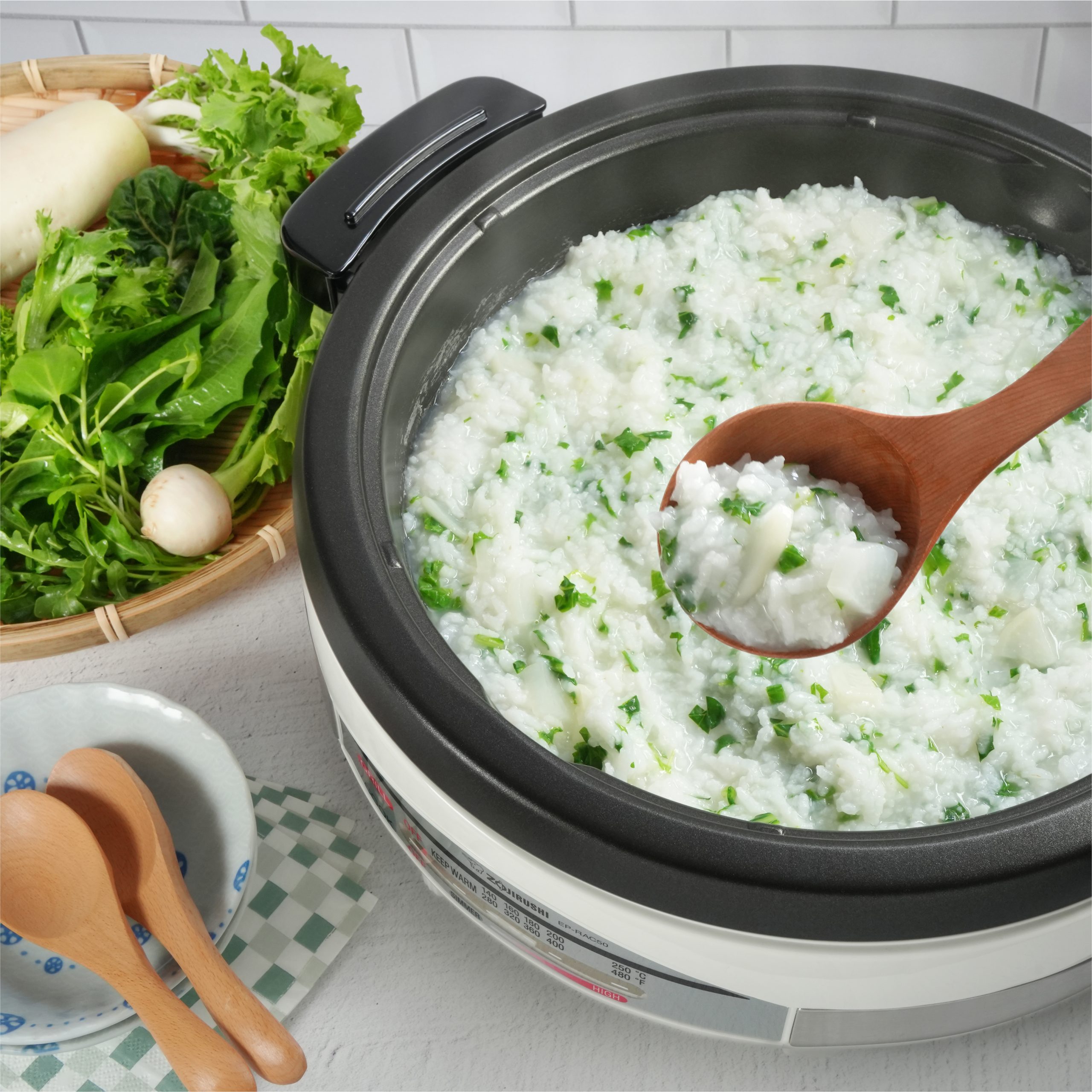Tag: porridge

Welcome the New Year with a Bowl of Tradition: Nanakusa-Gayu
Read more: Welcome the New Year with a Bowl of Tradition: Nanakusa-GayuAs we welcome the new year, it’s the perfect time to embrace traditions that promote…

I cooked every rice type on the menu!
Read more: I cooked every rice type on the menu!Hello fellow rice fans and Happy New Year! This month I thought about how many…
Product Inspirations – Micom Rice Cooker & Warmer (NS-LGC05)
Read more: Product Inspirations – Micom Rice Cooker & Warmer (NS-LGC05)We love one of our newest rice cookers, the Micom Rice Cooker & Warmer (NS-LGC05)!…
A Food Lover’s Tour of Japan – Mizutaki in Fukuoka
Read more: A Food Lover’s Tour of Japan – Mizutaki in FukuokaDid you make yudofu last month? Wasn’t it perfect for a cold January? This month,…
